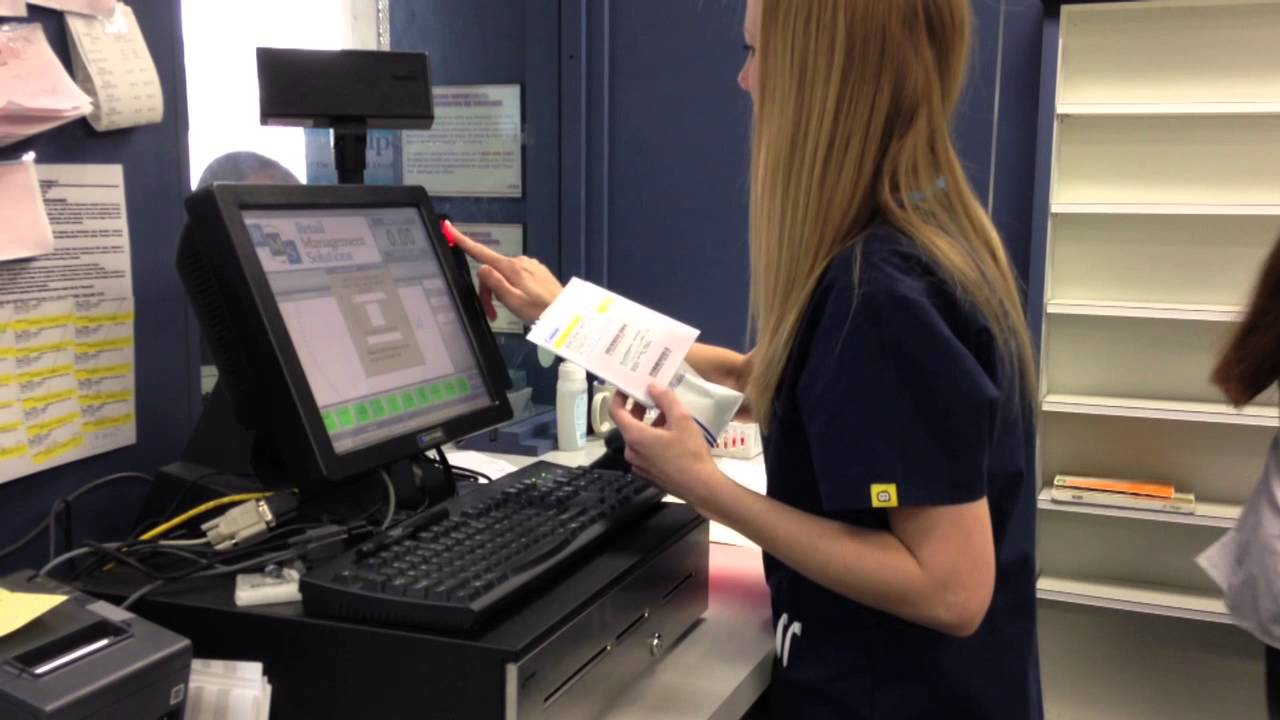Why is Pharmacy POS Important?
POS software allows pharmacists to submit medical claims to an insurance company and receive an immediate response to whether a claim has been approved or denied. If a claim is denied for medication, both the pharmacist and the provider will be notified in moments. Point of sale systems can protect against duplicate claims and inappropriate drug dispensing. Many companies offer POS software, some for in-house data storage and others through a cloud network, but they all work to increase the efficiency and the quality of work within a pharmacy.
The Benefits of a Pharmacy POS System
Since POS software works immediately to approve or deny claims, transactions with patients are faster. Along with the addition of speed, POS systems can provide accuracy by monitoring the prices of medications and alerting a pharmacist or technician to any discrepancies before a client is charged. By catching the mistake before the client leaves the building, a pharmacist can improve overall customer service. POS software also allows for retail pharmacies to use a variety of payment options, including online options like Apple Pay and Google Pay, while using secured payment technology.
For the pharmacy, management of inventory is another benefit of point of sale software. Each sales transaction is logged within the system, and reports of sales can be generated as often as a pharmacy prefers. When reports are run frequently, a pharmacy can keep track of items they need to restock and which items are gathering dust on their shelves. By receiving real-time sales information, a pharmacy can more accurately decide how much money should be spent on inventory to increase overall revenue growth for the business. This log of transactions can also provide a pharmacy with the ability to track any discrepancies in the amount of inventory purchased, the amount on the shelves and the amount prescribed. By keeping an accurate count, a pharmacist can be alerted if specific drugs are being prescribed at a higher than average rate.
By investing in a POS system, a pharmacy can provide its clients with quick and reliable care while decreasing the stress that can occur when managing large amounts of sales transactions and inventory paperwork.

